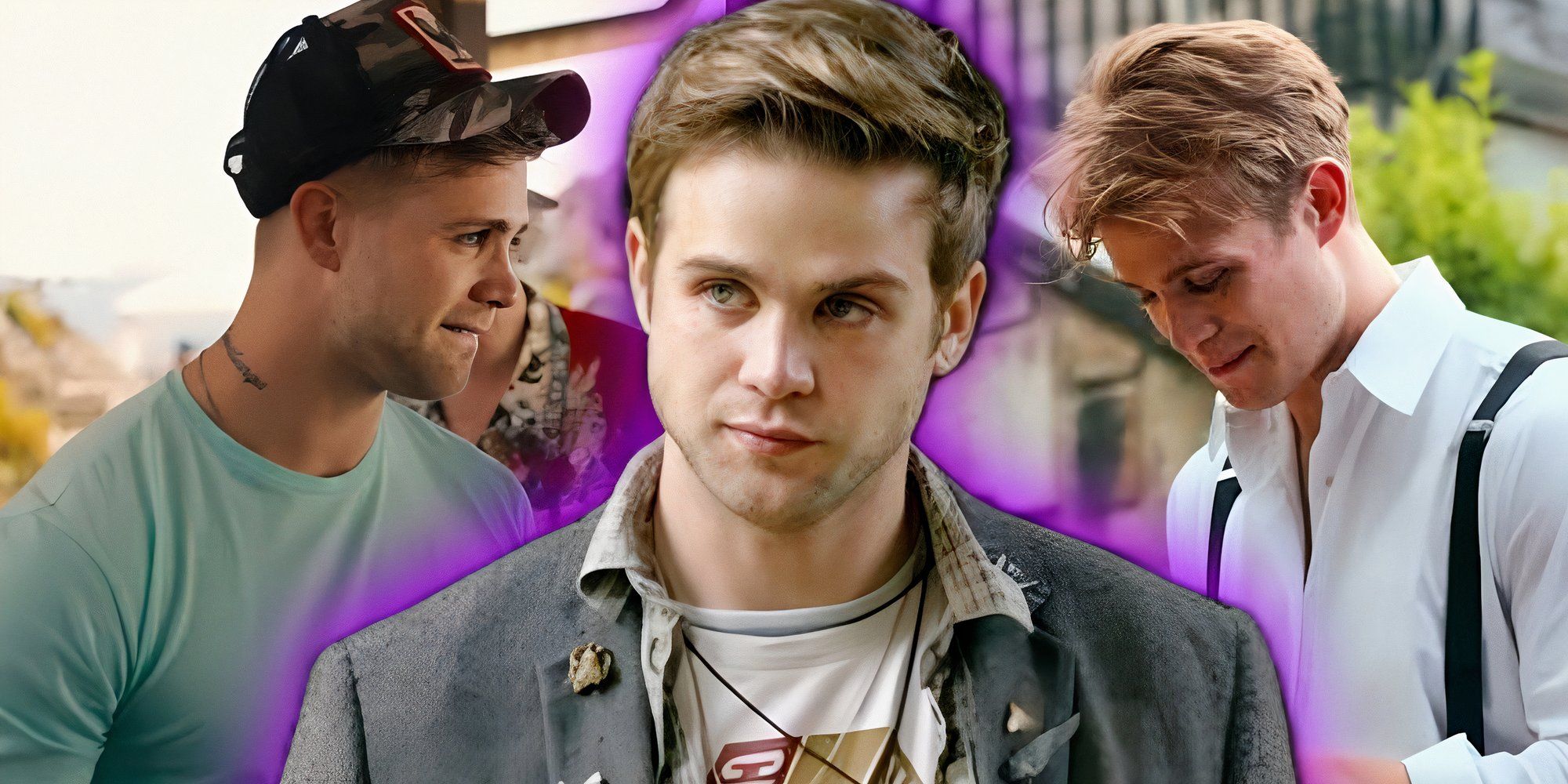David Lynch will forever be known as a film auteur, though the consummate artist never restricted himself to a single medium. Painting, radio and even coffee production all fell within his repertoire — but Lynch’s final work as a director was “Twin Peaks: The Return.” Per the title, the 17-part Showtime series (and it was a series, whatever some contrarians tried to claim) marked a homecoming of sorts for Lynch, who had circled back to the small screen after a quarter-century-long hiatus. With the ABC drama “Twin Peaks,” Lynch and his co-creator Mark Frost had already disrupted television for good. With “The Return,” Lynch cemented serial, episodic storytelling as a cornerstone of his legacy.
It’s now routine for a marquee director to dip their toe into television — so much so that it’s hard to recapture the impact of someone like Lynch following “Blue Velvet” up with a primetime soap. Before it was normal for Park Chan-Wook, Alfonso Cuarón or Hirokazu Kore-eda to all release shows within a calendar year of one another, before cable and streaming created an environment more creatively enticing for career filmmakers, Lynch led the way. And he did so as a true original whose instincts led to all that television traditionally was not: lyrical, rather than logical; visual, rather than verbal; impressionistic, rather than linear.
But Lynch was also ever in touch with the soul of Americana, and his lifelong project would arguably be incomplete without a stint on an American institution like broadcast TV. Lynch created indelible images that juxtaposed a midcentury idyll with the darkness it concealed. The ear in the grass in “Blue Velvet” was one. The body of homecoming queen Laura Palmer wrapped in plastic, found on a beach in the opening minutes of “Twin Peaks,” was another.
Lynch managed to honor both sides of this binary. He acknowledged the existence of pure, inchoate evil, and channeled its essence with terrifying conviction. The image of crew member Frank Silva, spontaneously recruited to play the murderous demon Bob, at the foot of Laura’s bed instills an overwhelming sense of dread, even as a static screenshot. Yet Lynch also sincerely believed in the goodness of heroes like Kyle MacLachlan’s Special Agent Dale Cooper, and Cooper’s easy rapport with residents of the titular small town reflected a certain optimism. Lynch never thought the forces of darkness defined this corner of the Pacific Northwest, or proved its sense of community was a lie.
“Twin Peaks” became an early exercise in the disappointments of mystery box TV — or, more accurately, expecting clear answers from a man whose entire ethos was in opposition to giving them. Who killed Laura Palmer? A supernatural spirit from an alternate dimension! What’s the deal with the red room with the chevron floors? It came to Lynch in a vision when he leaned on a hot car! But even if the consensus is that “Twin Peaks” took a dive after Bob’s identity was unveiled, its final stretch was still consistently, transcendently wacky. No one could mistake it for the work of anyone else, itself a paradigm-breaking anomaly in a format otherwise defined by collective enterprise. (Though “Twin Peaks” would never be “Twin Peaks” without, among others, composer Angelo Badalamenti, whose twanging theme instantly evokes cascading waterfalls and doomed innocence.)
“The Return” was a slower, more somber affair — “The Irishman” to the original’s “Goodfellas,” to reference the work of Lynch’s peer Martin Scorsese. It had to be, since the original went out on such an unhappy, aptly unsettling note: with Cooper’s soul exiled to the Black Lodge, and his body possessed by the malevolent Bob. Yet the sequel also arrived the year after the first election of Donald Trump, a figure seemingly drawn from Lynch’s menagerie of babbling weirdos. The melancholy, elegiac mood suited the national zeitgeist, even as new zany characters like Michael Cera’s Wally Brando or MacLachlan’s Dougie Jones (a brain-damaged Cooper in a brat green blazer) could lighten the mood.
While “The Return” was never positioned as Lynch’s final work, there was a sense of cumulative weight to his first major screen project in over a decade, since “Inland Empire” in 2006. The show contained tributes to bygone collaborators like the late David Bowie, whose prequel film character Agent Phillip Jeffries was shown transmuted into a large, kettle-like machine. It also contained a kind of elemental origin story in the extraordinary “Part Eight,” a nightmare in black and white that locates the seed of something terrible in the detonation of the atomic bomb. And its ending was, quite literally, timeless: a confused Cooper asks what year it is before Sheryl Lee’s piercing shriek reverberates throughout the night.
“The Return” was the product of a moment that has already passed, when the rapid expansion of television incentivized big swings that could earn attention. The season nonetheless endures as a capstone to a titanic filmography, and a closing of the loop after the original show was understandably, if still sadly, canceled. “The Return” echoed and inverted a contemporary, and ongoing, wave of cynical revivals like “Fuller House”; Lynch had no more need for fan service than he did for explanation. “The Return” was something greater than a hollow retread: a chance to circle back to a medium he helped make more hospitable to unorthodox art like his own. “Twin Peaks” helped make TV ready for “Twin Peaks.” How’s that for a return?









 English (US) ·
English (US) ·